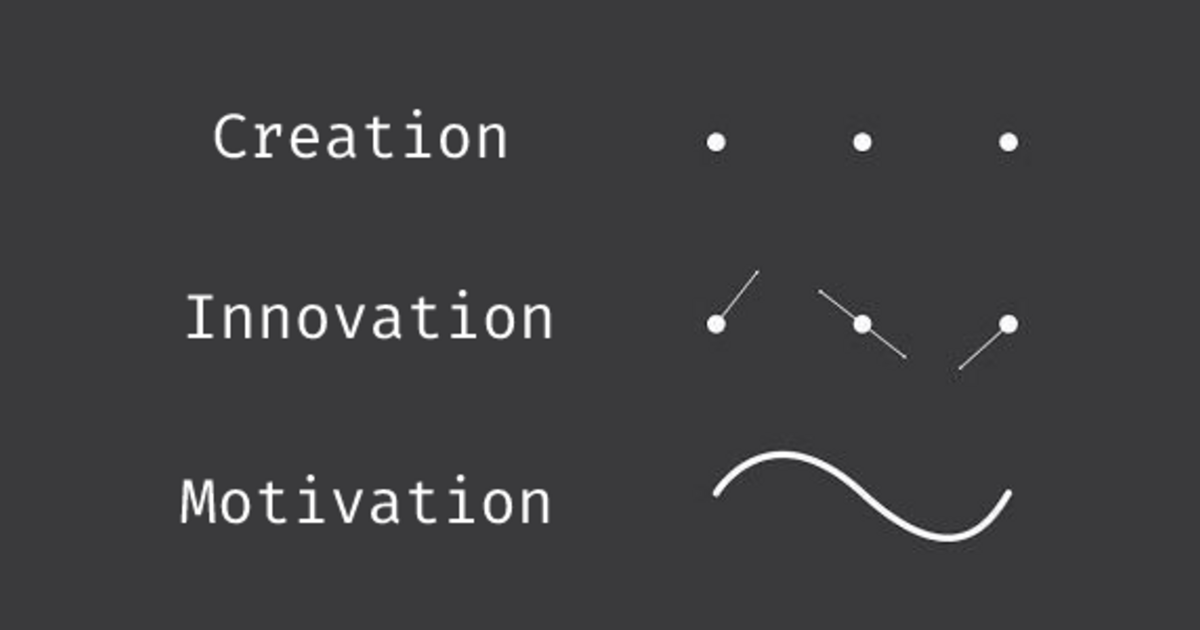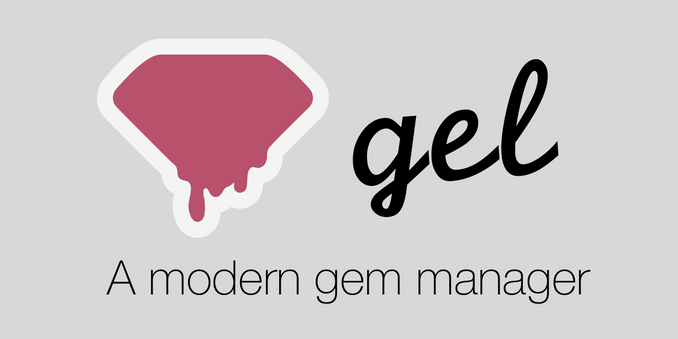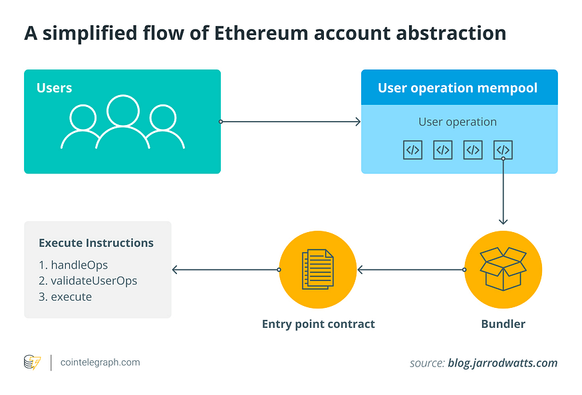The modern era of campaign finance began with #George W. #Bush’s 2000 Presidential campaign,
which professionalized the idea of the campaign “#bundler”
and created, in effect, a national club for wealthy Republicans who backed the G.O.P.’s Presidential effort.
Individual contributions to federal candidates were limited to a few thousand dollars in so-called #hard #money,
but wealthy supporters could tap their networks to bring in hundreds of thousands more.
The Bush campaign formalized this approach,
calling its top fund-raisers,
those who raised more than $100,000, #Pioneers;
In 2004, a new category, #Rangers, was added for those who collected more than $200,000.
“We made it fun,” Jack Oliver, Bush’s national finance director, recalled.
“We built a community.”
During the 2008 campaign, Bush’s successor, Barack Obama, harnessed his hope-and-change platform to the power of the Internet,
raising an unprecedented number of gifts online from small-dollar donors.
The increase in donations
—in addition to both parties actively recruiting big-dollar bundlers
—made it the first Presidential election in history in which the campaigns spent more than $1 billion.
 Two years later, the Supreme Court’s #Citizens #United decision ruled that federal law could not prevent corporations from spending unlimited sums to elect candidates,
Two years later, the Supreme Court’s #Citizens #United decision ruled that federal law could not prevent corporations from spending unlimited sums to elect candidates,
 a decision that effectively ended restrictions on campaign fund-raising.
a decision that effectively ended restrictions on campaign fund-raising.
The arms race of political spending that ensued has not only increased the influence of money in politics
—it’s changed the nature of national elections.
“What’s happened is that money has moved from the political parties
—which were a centering force in American politics for two hundred years,
because they had to stay competitive
—out to super pacs on the right and the left,”
Tom Davis, a former Republican House member from Virginia, who once ran the Party’s congressional-campaign committee, told me.
“That has only further polarized our politics.”
Earlier in this election cycle, the Federal Election Commission,
already a largely toothless agency,
undid some of the few remaining restrictions on coördination between candidates and super pacs.
Many large contributions are no longer disclosed at all,
with huge sums flowing through so-called #darkmoney funds that support candidates or causes without revealing their donors
The Web site "OpenSecrets" found about $660 million in such spending in 2020.
Far more dark money is expected in this year’s election.
One veteran political operative told me that,
even as the billion-dollar campaign remains a recent phenomenon,
 the country could soon see its first billion-dollar contribution.
the country could soon see its first billion-dollar contribution.
“The amount of money sloshing around Washington now is beyond any sense of reality,”
Fred Wertheimer, a public-interest lawyer who spent his career advocating for enhanced campaign-finance laws, said.
“It’s like a sandbox for billionaires, and they treat it like a sandbox, and they go in and play.”





